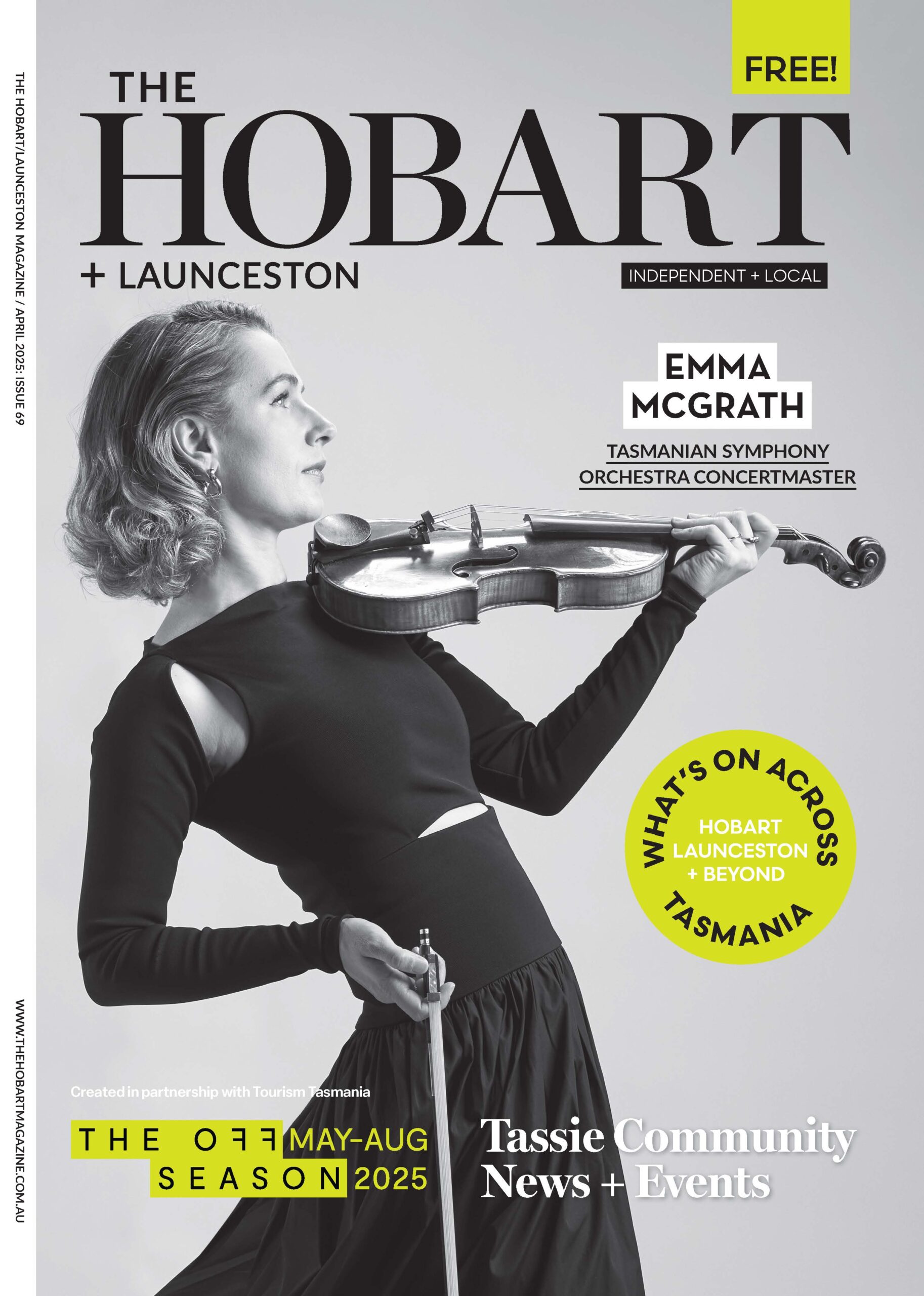Let’s Unpack Inflation
by Lily Whiting

Inflation is emerging as the buzz word of 2022. We spoke with Senior Lecturer at UTAS College of Business and Economics, Maria Yanotti about what inflation is, and how we got to $12 iceberg lettuces and expensive fuel. But it’s not all doom and gloom she insists.
What is the Reserve Bank and the cash rate? The Reserve Bank of Australia (RBA) is Australia’s central bank. It conducts monetary policy to achieve goals of price stability, full employment, and the economic prosperity and welfare of the Australian people. Its responsibility is to ensure the stability, efficiency, and competitiveness of the payments system, by managing and providing liquidity to financial institutions, monitoring risks, and cooperating with other organisations as part of the Council of Financial Regulators. The RBA operates a ‘corridor system’, lending cash to banks a little above the cash rate target and accepting deposits a little below the cash rate target. In this way, the cash rate provides a benchmark for market interest rates. The Reserve Bank has an inflation target of 2-3% to achieve the goals of price stability, full employment, and prosperity and welfare of the Australian people. Low and stable inflation reduces uncertainty in the economy, helps people make saving and investment decisions, and is the basis for strong and sustainable economic growth. If inflation is too high for too long, the Reserve Bank Board would typically tighten monetary policy, by increasing the cash rate. Tighter monetary policy typically then dampens spending and inflation.
The rise in early May 2022 was the first rate rise in 11 years. Why so long? This is the second cash rate increase since 2010; the first increase in May was of 25 basis points and the June one was of 50 basis points. Most cash rate movements tend to be 25 basis points at a time. The reason why the June cash rate change was a bit higher was due to higher-than-expected quarterly inflation rate and low wage growth. However, it is important to consider that even though this is a relatively large rise in the cash rate, the cash rate has been at historically low levels of 0.10% since December 2020.
Are there more increases on the horizon? Yes, the cash rate is expected to increase until 2023, when inflation is expected to be under control and back to its target. This is also the case for cash rates in the UK, US, Canada, NZ and Europe who are also experiencing high inflation, post lockdown/pandemic times and high government stimulus injections into the economy. The wage growth is also expected to increase in the short-term.
How are homeowners and buyers going to feel the effect? Homeowners who already have a mortgage will expect increases in their mortgage interest rates through higher repayments. In 2021, many borrowers (around 40%) took or re-negotiated fixed rate mortgages for 3 years and are somewhat sheltered from the interest rate rises. In a couple of years when their fixed rate period expires, their mortgage interest rates will adjust to market variable rates, and this may imply a jump in repayment costs. They will have to be conscious of their budgets and their spending patterns, and they may need to rearrange their finances. In the meantime, borrowers and those looking to buy are going to see increases in interest rates following the cash rate and other market interest rates (such as swap rates). Higher interest rates reflect higher cost of financing to purchase a house, which may translate into lower access to credit. It’s not all doom and gloom though! The Reserve Bank says that borrowers are generally well ahead of their mortgage repayments, noting in their latest Financial Stability Review the median repayment buffer for variable mortgage rate owner occupiers had grown to 21 months of scheduled repayments in February 2022, up from 10 months at the start of the pandemic.
Has the pandemic changed how inflation would normally rise and fall? The pandemic has affected the generalised growth in prices, both from the aggregate supply and aggregate demand sides of the market. However, high inflation is expected to be a short-term shock rather than a longer-term change in trend. Current inflation is partly caused by higher commodity prices and supply disruptions. This is known as cost-push inflation and has been generated due to pandemic lockdowns, border closures and the current situation in Ukraine. These world events have increased the prices of inputs in the production of goods and services. Not only the materials used in the production of goods and services are getting more expensive, but there is also a shortage of labour. That is the demand for workers is currently higher than the supply of workers with the unemployment rate at 3.9%, the lowest since August 1974.

